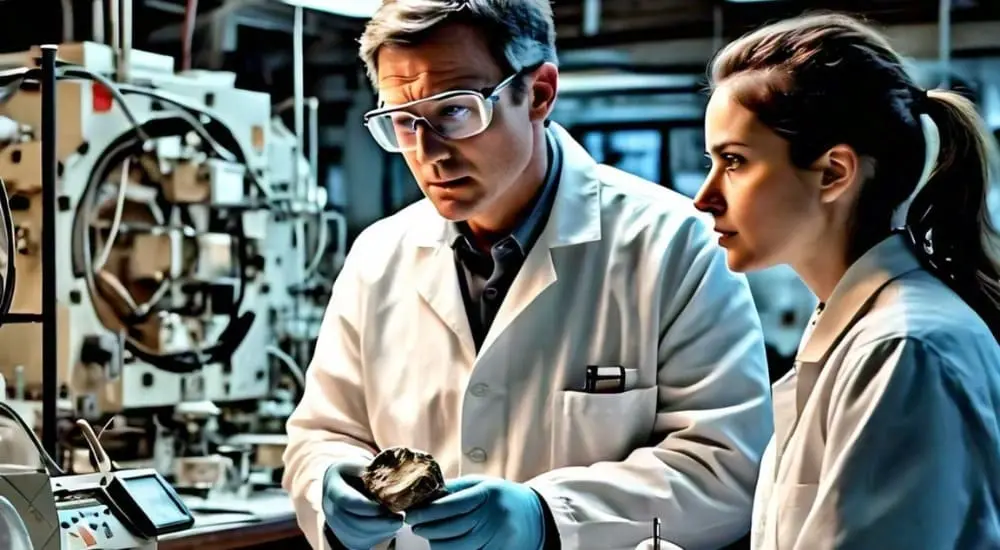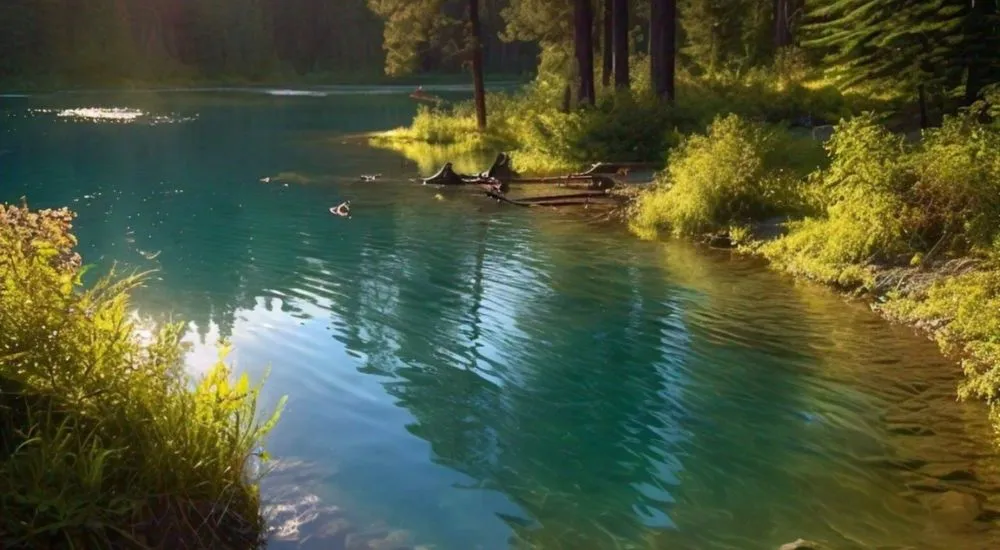21. Which planet is known for having the most extreme temperature variations?
(A) Venus
(B) Earth
(C) Mercury
(D) Mars
(C) Mercury
Explanation: Mercury experiences extreme temperature variations, with daytime temperatures reaching up to 800°F (430°C) and nighttime temperatures plummeting to -290°F (-180°C), due to its lack of atmosphere.
22. Which planet’s atmosphere is primarily composed of carbon dioxide?
(A) Earth
(B) Venus
(C) Neptune
(D) Jupiter
(B) Venus
Explanation: Venus’s atmosphere is primarily composed of carbon dioxide (about 96.5%), with clouds of sulfuric acid, making it extremely dense and hot.
23. Which planet has a day that is longer than its year?
(A) Earth
(B) Mercury
(C) Venus
(D) Mars
(C) Venus
Explanation: Venus has a day (one full rotation on its axis) that is longer than its year (one orbit around the Sun). A day on Venus lasts about 243 Earth days, while its year is about 225 Earth days.
24. Which planet exhibits different phases of illumination like the moon?
(A) Jupiter
(B) Venus
(C) Neptune
(D) Mars
(B) Venus
Explanation: Venus exhibits different phases of illumination, from full disk to partial crescent just like the moon.
25. Which planet is known for its prominent and colourful bands of clouds?
(A) Venus
(B) Saturn
(C) Uranus
(D) Neptune
(B) Saturn
Explanation: Saturn is known for its prominent and colourful bands of clouds. It has the most complex and extensive ring system in the solar system, consisting of seven main rings composed of ice particles, rock debris, and dust. These bands give Saturn its distinct appearance.
26. What is the main component of the rings of Saturn?
(A) Dust particles
(B) Frozen carbon dioxide
(C) Water ice
(D) Rocky debris
(C) Water ice
Explanation: The rings of Saturn are primarily composed of water ice, with particles ranging in size from tiny grains to large boulders.
27. Which planet has the most pronounced ring system after Saturn?
(A) Jupiter
(B) Uranus
(C) Neptune
(D) Mars
(B) Uranus
Explanation: Uranus has a ring system that is less prominent than Saturn’s but still significant. The rings of Uranus were discovered in 1977.
28. Which planet has the highest atmospheric pressure?
(A) Venus
(B) Saturn
(C) Mars
(D) Jupiter
(A) Venus
Explanation: Venus has the highest atmospheric pressure among the planets in our solar system. Its thick atmosphere exerts immense pressure on the planet’s surface.
29. Which planet has the fastest winds in the solar system?
(A) Jupiter
(B) Saturn
(C) Neptune
(D) Venus
(C) Neptune
Explanation: Neptune has the fastest winds in the solar system, with wind speeds reaching up to 1,200 miles per hour (1,930 kilo meters per hour).
30. Which planet has the largest known volcano in the solar system?
(A) Mars
(B) Earth
(C) Venus
(D) Mercury
(A) Mars
Explanation: Mars has the largest volcano in the solar system called Olympus Mons. It is about 13.6 miles (22 kilometers) high, making it the tallest volcano and three times the height of Mount Everest.
31. Which planet has the most volcanically active moon in our solar system?
(A) Jupiter
(B) Saturn
(C) Neptune
(D) Uranus
(A) Jupiter
Explanation: Io, the most volcanically active moon in our solar system, is one of Jupiter’s moons. It has more than 400 active volcanoes due to tidal forces from Jupiter’s gravity.
32. Which planet has the tallest known mountain in the solar system?
(A) Earth
(B) Venus
(C) Mars
(D) Jupiter
(C) Mars
Explanation: Olympus Mons on Mars is the tallest known mountain in the solar system, standing about 22 km (13.6 miles) high, nearly three times the height of Mount Everest.
33. Which planet has the largest canyon in the solar system?
(A) Earth
(B) Mars
(C) Venus
(D) Mercury
(B) Mars
Explanation: Mars is home to Valles Marineris, the largest canyon in the solar system. It is about 4,000 km long, 200 km wide, and up to 7 km deep.
34. Which among the planets in solar system is heaviest?
(A) Earth
(B) Venus
(C) Uranus
(D) Jupiter
(D) Jupiter
Explanation: Jupiter is the heaviest planet in our solar system, having a mass more than 300 times that of Earth.
35. Which among the planets in solar system seems to disobey Bode’s law?
(A) Earth
(B) Venus
(C) Uranus
(D) Neptune
(D) Neptune
Explanation: Bode’s empirical relationship for predicting approximate distances of the planets from the Sun does not holds for the planet Neptune.
36. Which among the planets is not a terrestrial planet?
(A) Earth
(B) Venus
(C) Mars
(D) Jupiter
(D) Jupiter
Explanation: The terrestrial planets are the planets that resemble the Earth in size and composition. Mercury, Venus, Earth, and Mars are known as terrestrial planets.
37. Which among the planets is a Jovian planet?
(A) Earth
(B) Venus
(C) Saturn
(D) Mars
(C) Saturn
Explanation: The great or jovian planets are much larger than the size of Earth and are largely gaseous in composition. Jupiter, Saturn, Uranus, and Neptune are known as jovian planets.
38. Which among the planets in solar system show retrograde motion?
(A) Earth
(B) Venus
(C) Mercury
(D) Mars
(B) Venus
Explanation: Most of the planets, including our Earth, rotate about their own axis in the same sense as their orbital motion around the Sun. This type of motion is termed as prograde. Only Venus and Uranus rotate in the opposite, retrograde sense.
39. Which among the planets have no moon?
(A) Mars
(B) Mercury
(C) Neptune
(D) Jupiter
(B) Mercury
Explanation: Mercury and Venus are the only two planets in the solar system that do not have any moon.
40. What is the largest moon in our solar system?
(A) Titan
(B) Europa
(C) Callisto
(D) Ganymede
(D) Ganymede
Explanation: Ganymede is the largest moon in our solar system. It is one of Jupiter’s moons and is even larger than the planet Mercury.











2 Comments
in Solar system MCQ question No:6 doesn’t have correct answer.
Thank you, Vasudevan, for your constructive response. It was a small typing mistake. Now, it is updated.